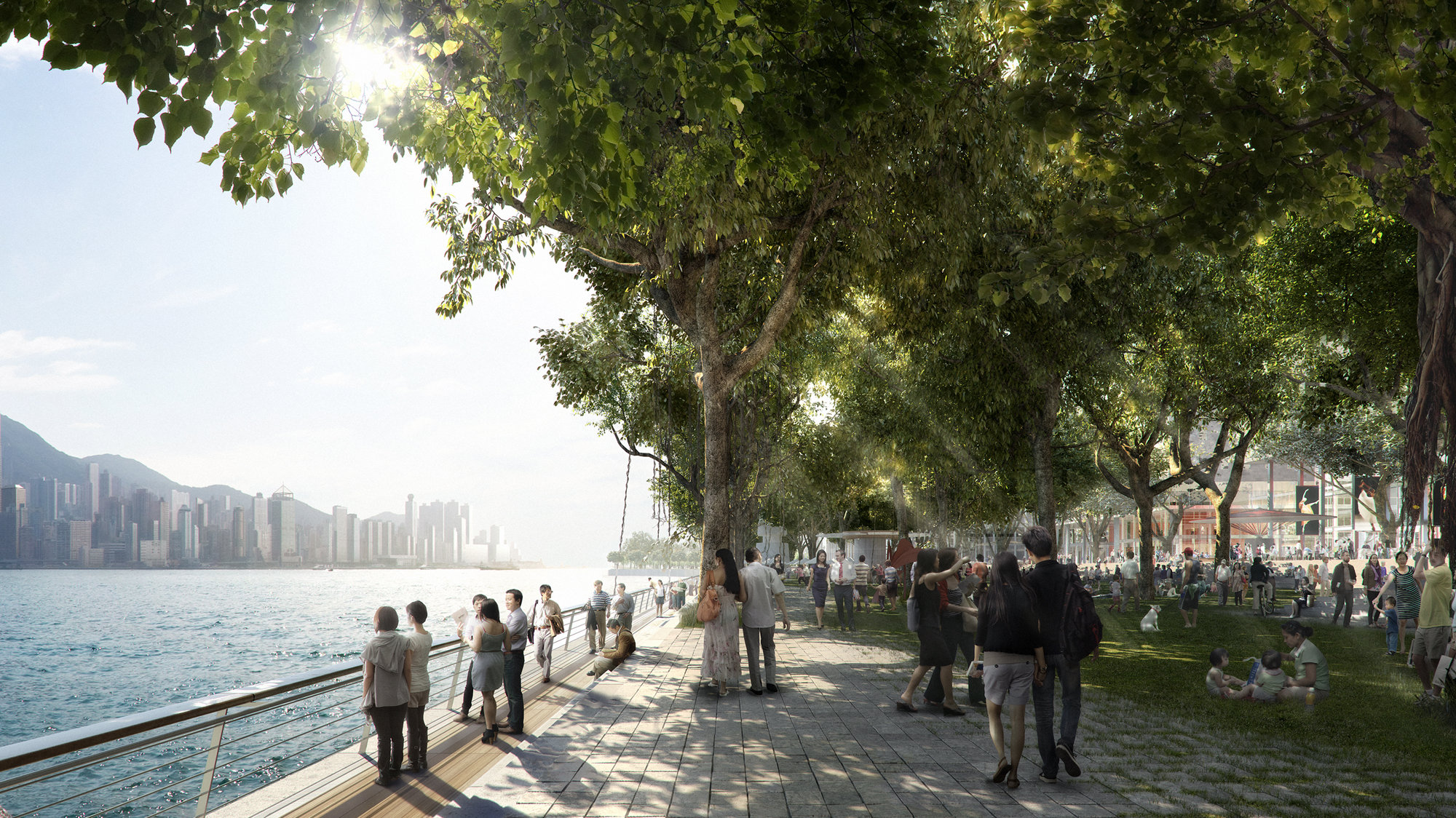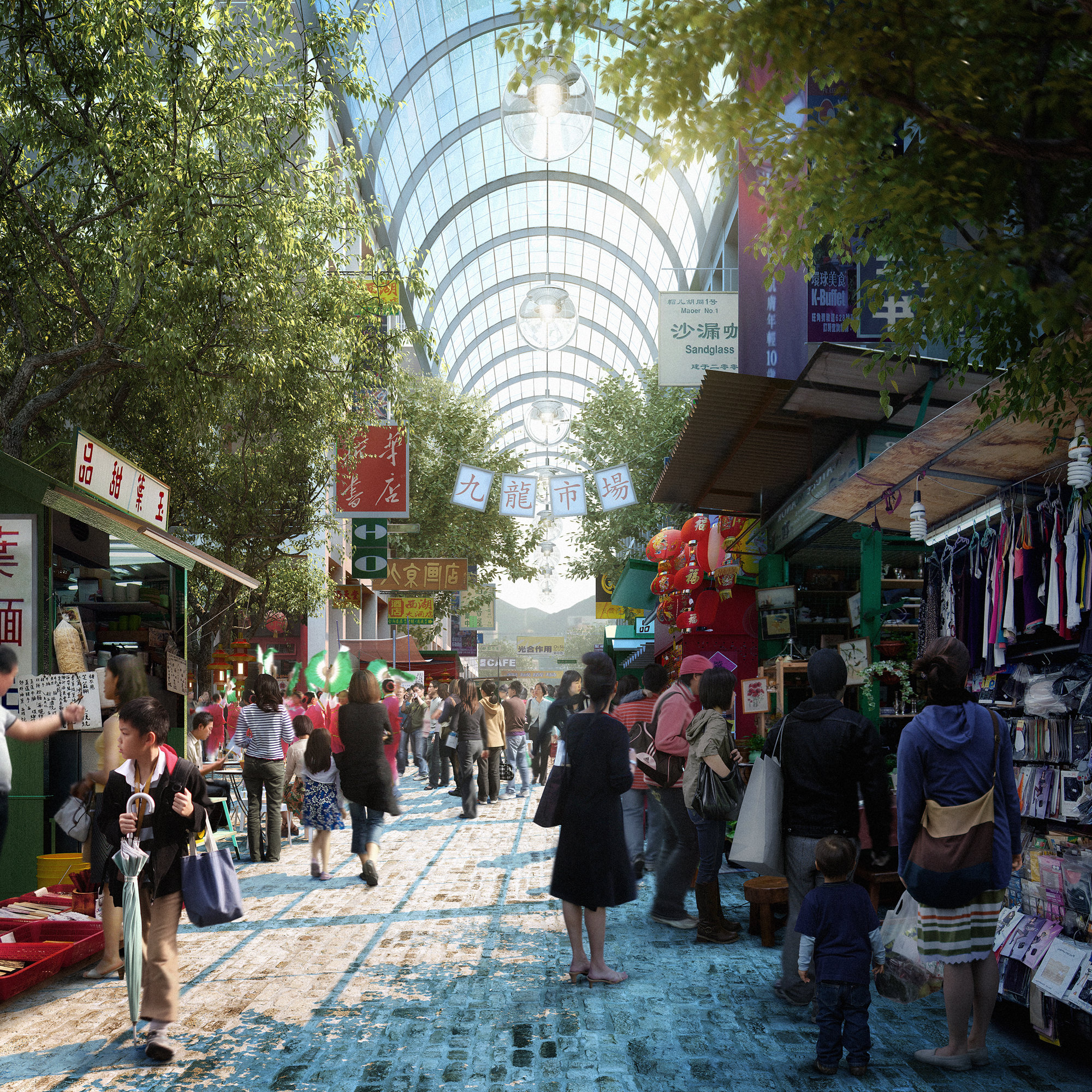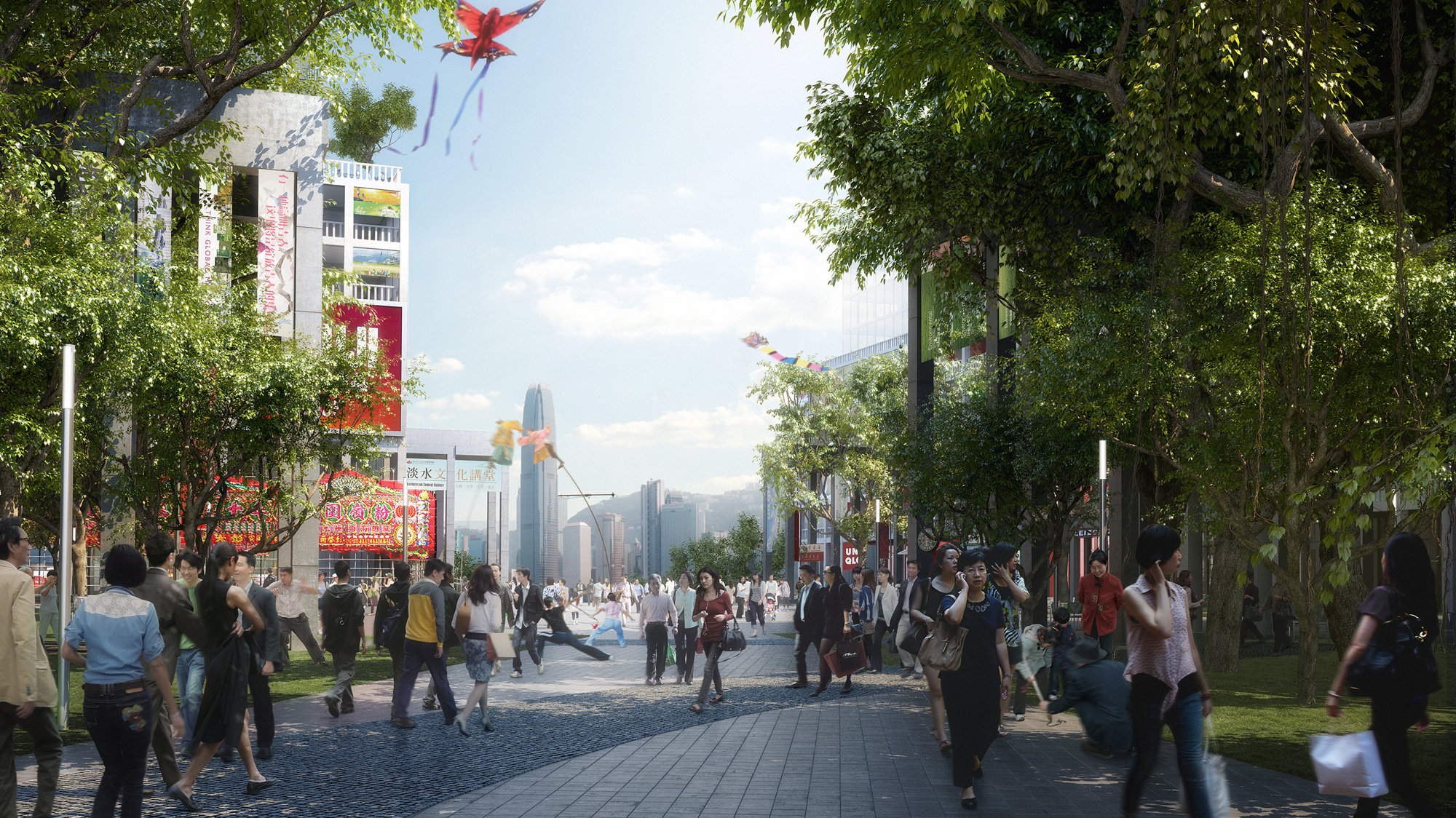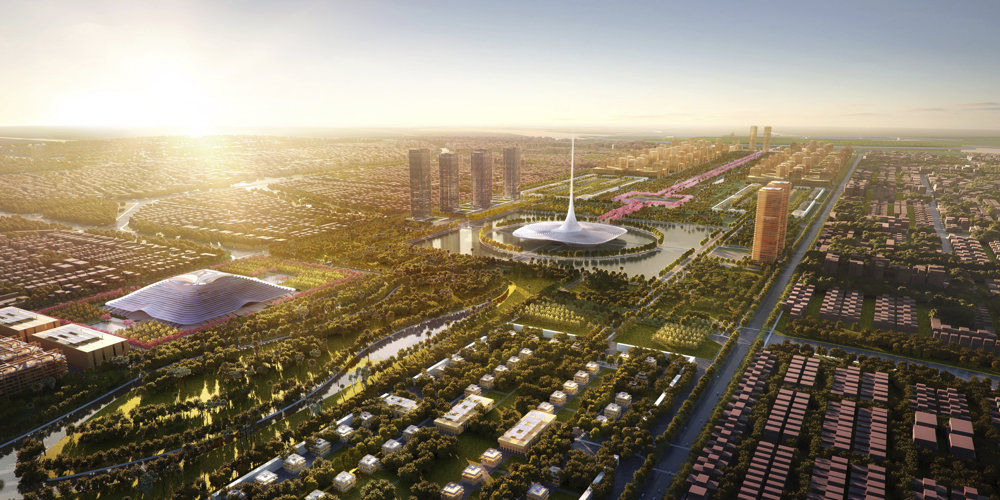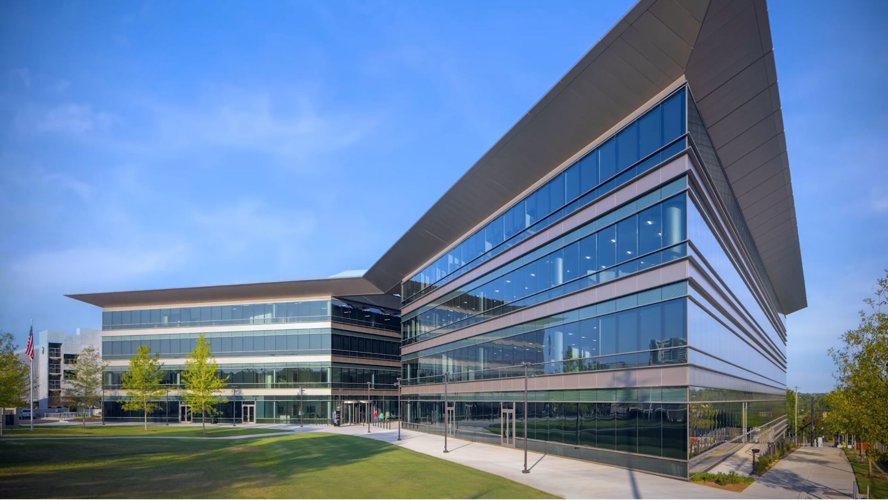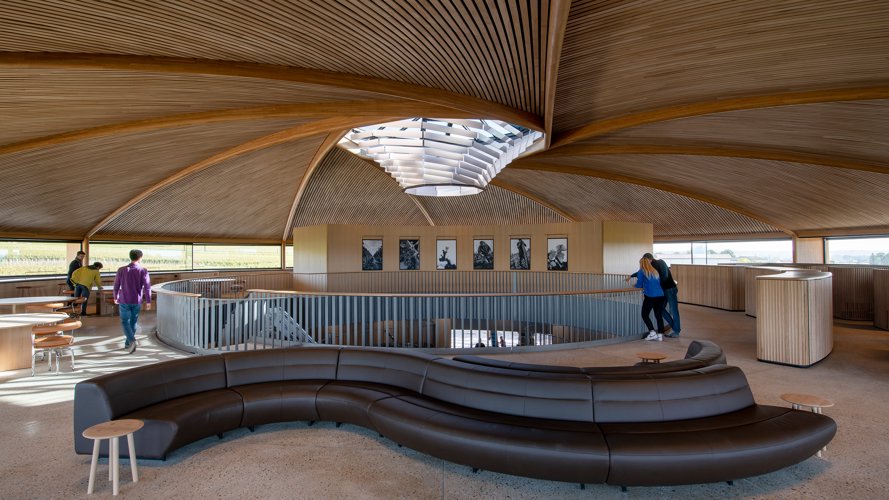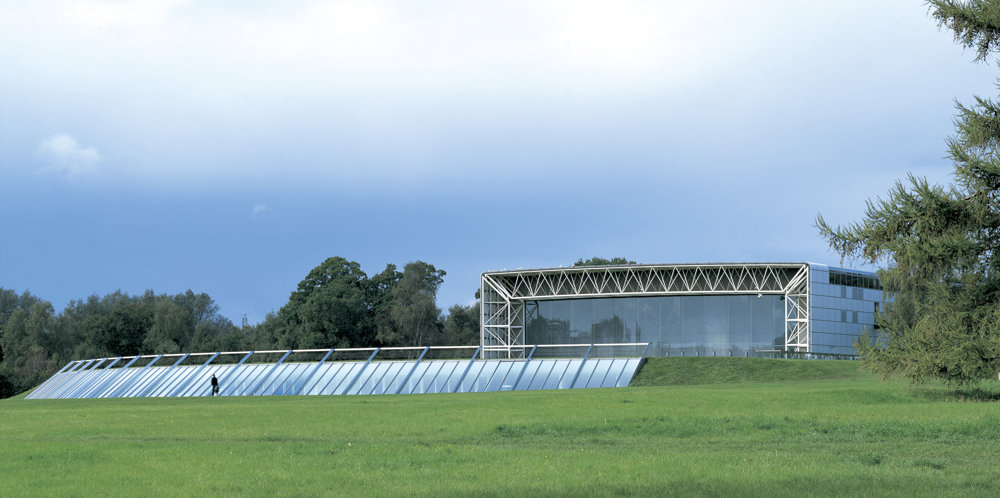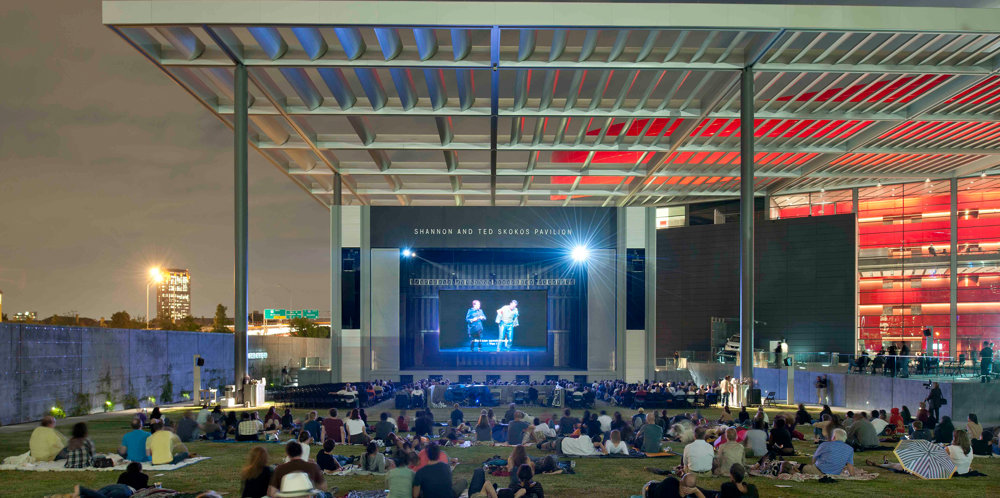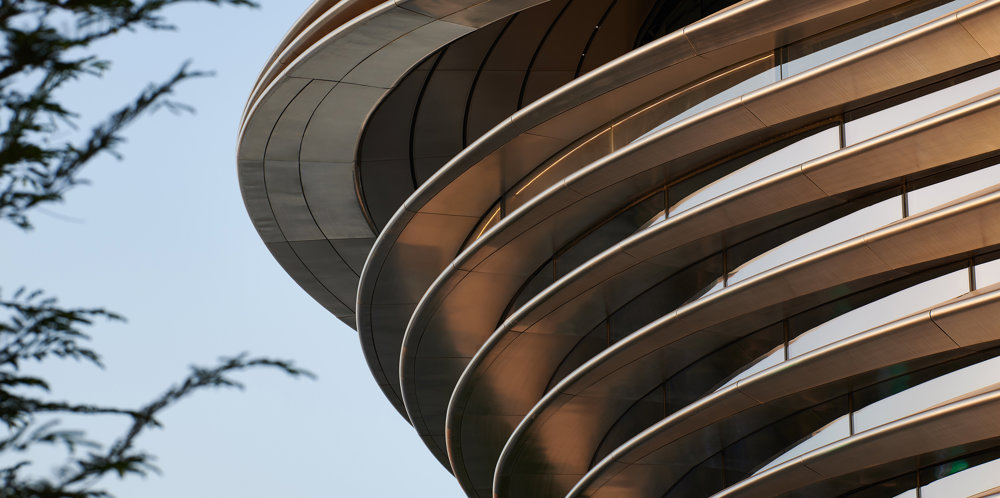West Kowloon Cultural District – the largest cultural initiative of its kind in the world – will establish a major centre for music, performing and visual arts on a dramatic harbour-front site in the heart of Hong Kong. The seventeen new cultural venues include a Great Opera House; ‘M+’ museum of modern art; concert halls; and a 15,000-seat Arena with an Expo Centre below and will support everything from traditional Chinese theatre to pop concerts and opera. Equally important are 30,000 square metres of arts education facilities that will encourage home-grown artistic talent and ensure that the district provides long lasting benefits for the people of Hong Kong.
Bringing together places to live and work, with galleries, studios, shops, cafes and restaurants, the mixed-use district is designed to capture and recreate the energy and unique urban character of Hong Kong, integrating the cultural venues with the everyday life of the city. West Kowloon’s familiar street pattern is reflected in a rich mixture of colonnades, alleyways, lanes and tree-lined promenades – streetscapes that recall the bustle of Lan Kwai Fong and Shanghai Street. The district features a magnificent 23-hectare public park – its sculpted terrain, with dense tree planting, will provide shade and shelter and bring the countryside into the city, while a series of outdoor terraces and promenades will link the cultural buildings to the waterfront with vistas to Hong Kong Island. An uninterrupted two-kilometre-long harbour-front promenade will give the people of Hong Kong their first chance to look back at the city’s iconic skyline and the needs of pedestrians and cars are balanced by sinking the main vehicle route below ground level. A social focus is created along a new central avenue, which extends through the quarter from Canton Road in the east to the Harbour Tunnel mouth in the west.
City Park is designed to achieve a carbon-neutral rating, using a synergistic system of high-efficiency and low-consumption infrastructure. The low-energy design includes district cooling and heating, grey water recycling, energy recovery systems for sewage, waste recycling, a waste-to-energy scheme and the generation of local, low-carbon electricity. There is also provision for solar and wind energy generation.









